Why am I Gaining Weight Despite Diet and Exercise? │ QA
If you’re careful with your nutrition, working out weekly, and still experiencing problems with your weight, take a moment to read this QA.


I am a 55-year-old very active male. I’ve had 3 back surgeries in the last 5 years. Lots of physical therapy. I am a tennis coach at a high school. I am a college basketball referee. I stay very active and try to eat a reasonably healthy diet although I do enjoy ice cream. In the last few years, my energy level is significantly lower than the past. My doctor tested my testosterone levels and found that I am near the low end of the acceptable range for my age. Could you recommend anything to help my energy level? I sleep very well and typically get 9 hours per night FYI.
– Patrick S.

Please see our recent answer regarding testosterone and diet by clicking here.
Besides sleep and hormones, energy levels may also be affected by stress, physical activity, and nutrition. Since you are regularly physically active let’s focus on stress and nutrition. Your surgeries may have significantly impacted your liveliness and stamina. Although you may have regained functional ability after each bout, the body’s recovery may be longer lasting.
Proper nutrition is a good defense against fatigue. Hydration is a key factor in feeling peppy as every cell in your body needs water! Adequate body fluids also ensure transport of nutrients and elimination of wastes/toxins. You burn calories constantly, not all at once so feed yourself the same way. To fuel body systems continuously you need balanced, spaced meals with fiber-rich complex carbohydrates, lean protein and healthy fats. A wimpy green salad may leave you flat while an overloaded lunch plate can set on an afternoon slump.
Particularly high-energy foods include oats & quinoa (fiber + unsaturated fat), chocolate & tea (caffeine), citrus (flavonoids), banana & barley (fructo-oligosaccharides), asparagus & wheat (inulin), and spinach (B-vitamins).
– Debbie J., MS, RD
Want more? SUBSCRIBE to receive the latest Living Healthy articles right in your inbox!
This article should not replace any exercise program or restrictions, any dietary supplements or restrictions, or any other medical recommendations from your primary care physician. Before starting any exercise program or diet, make sure it is approved by your doctor.
Some questions have been edited for length and/or clarity.
 Have a nutrition question? Our registered dietitian is ready to help!
Have a nutrition question? Our registered dietitian is ready to help!
Email nutrition@lafitness.com or submit your question below and it may be featured in an upcoming article!
If you’re careful with your nutrition, working out weekly, and still experiencing problems with your weight, take a moment to read this QA.
Blood sugar control isn’t easy. These are Debbie’s top recommendations for how to address weight control with Type II Diabetes.
Does Intermittent Fasting give you enough time to pack the day's protein? Our registered dietitian helps clear up the confusion!
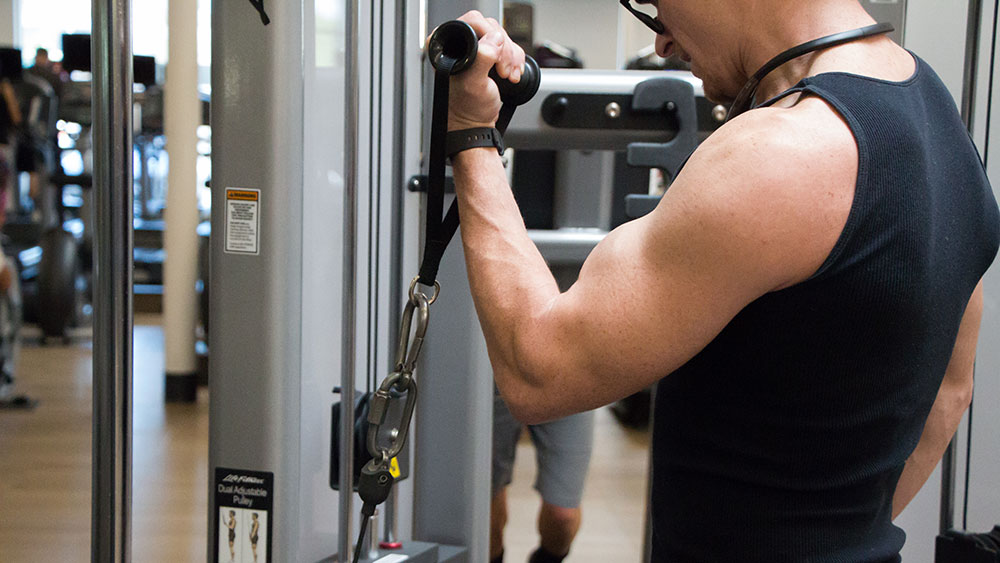

I would like to know what is the optimum amount of daily protein intake to add muscle and strength?
– David S.

With an adequate weight training regimen to demand the growth of new muscle tissue, protein in the amount of 1.4-2.0 grams per kilogram body weight1, 2 can be used for hypertrophy. Beyond this, the excess protein is converted to fat or burned as fuel and no further benefits in muscle development or body composition are observed. The American College of Sports Medicine uses 1.7gm/kg/day as the maximum amount3. Taking all this into account, I would recommend that you use a protein range of 1.5-1.8 gm/kg/day.
Here are some values for various body weights:
| Weight | Daily protein need in grams |
| 140 lbs = 63.5 kg | 95 – 114 |
| 150 lbs = 68 kg | 102 – 122 |
| 160 lbs = 72.6 kg | 109 – 131 |
| 170 lbs = 77.1 kg | 116 – 139 |
| 180 lbs = 81.6 kg | 122 – 147 |
| 190 lbs = 86.2 kg | 129 – 155 |
| 200 lbs = 90.7 kg | 136 – 163 |
| 210 lbs = 95.3 kg | 143 – 172 |
Use the lower end of the protein range if you are of ideal weight or trained and the higher end if you are underweight or new to working out. Protein intake should be distributed throughout the day in modest practical amounts2 (i.e. no more than 40 gm at one sitting).
References:
1) International Society of Sports Nutrition position stand: protein and exercise. B Campbell, et al. Journal of the International Society of Sports Nutrition. 2007, 4:8.
2) Position of the Academy of Nutrition and Dietetics, Dietitians of Canada, and the American College of Sports Medicine: Nutrition and Athletic Performance. Journal of the Academy of Nutrition and Dietetics. 2016; 116: 501-528.
3) “Protein Intake for Optimal Muscle Maintenance” brochure. American College of Sports Medicine. 2015
– Debbie J., MS, RD
Want more? SUBSCRIBE to receive the latest Living Healthy articles right in your inbox!
This article should not replace any exercise program or restrictions, any dietary supplements or restrictions, or any other medical recommendations from your primary care physician. Before starting any exercise program or diet, make sure it is approved by your doctor.
Some questions have been edited for length and/or clarity.
 Have a nutrition question? Our registered dietitian is ready to help!
Have a nutrition question? Our registered dietitian is ready to help!
Email nutrition@lafitness.com or submit your question below and it may be featured in an upcoming article!
If you’re careful with your nutrition, working out weekly, and still experiencing problems with your weight, take a moment to read this QA.
Blood sugar control isn’t easy. These are Debbie’s top recommendations for how to address weight control with Type II Diabetes.
Does Intermittent Fasting give you enough time to pack the day's protein? Our registered dietitian helps clear up the confusion!

The wave of decadent treats is certainly not doing anything for your longevity or immediate health. We’re not just talking about kid’s parties and silly monster desserts. Adult fare is just as guilty of being overly-sugary and highly caloric.




Here are some novel ideas to keep you in the spirit but away from the candy dish:
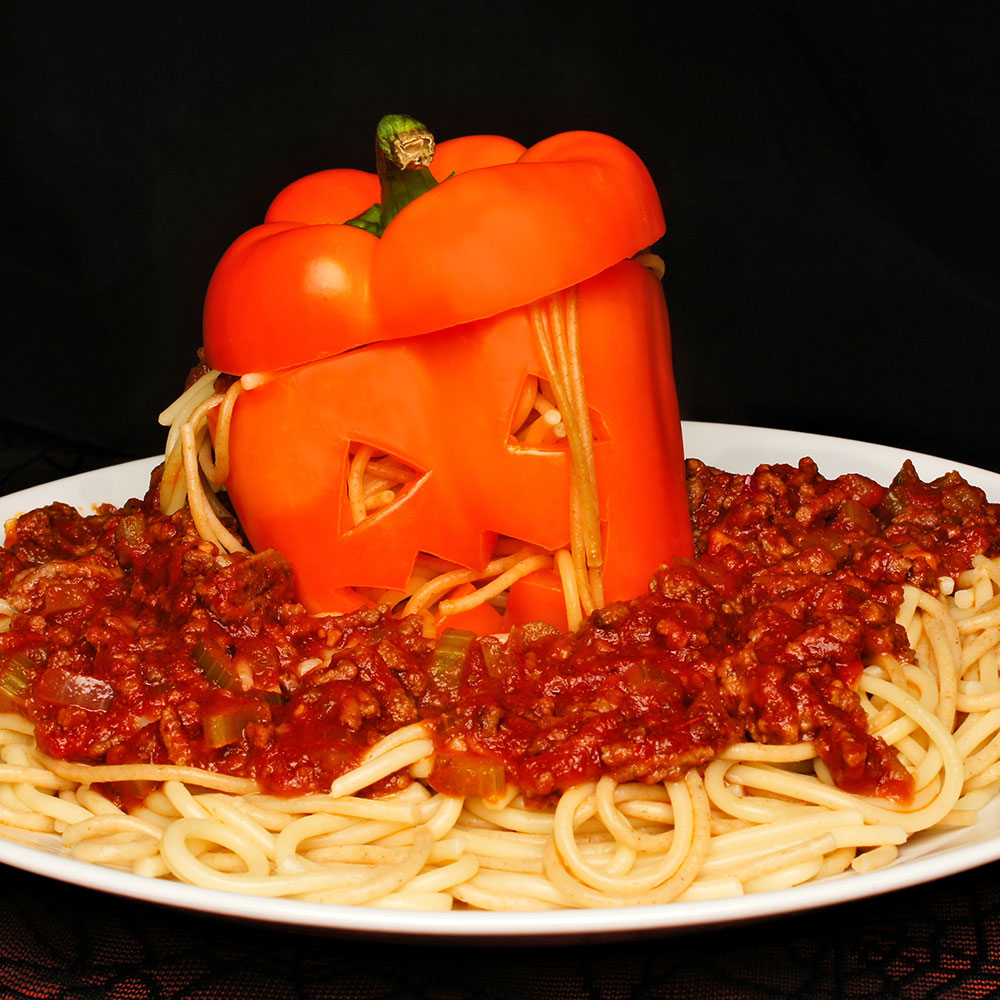


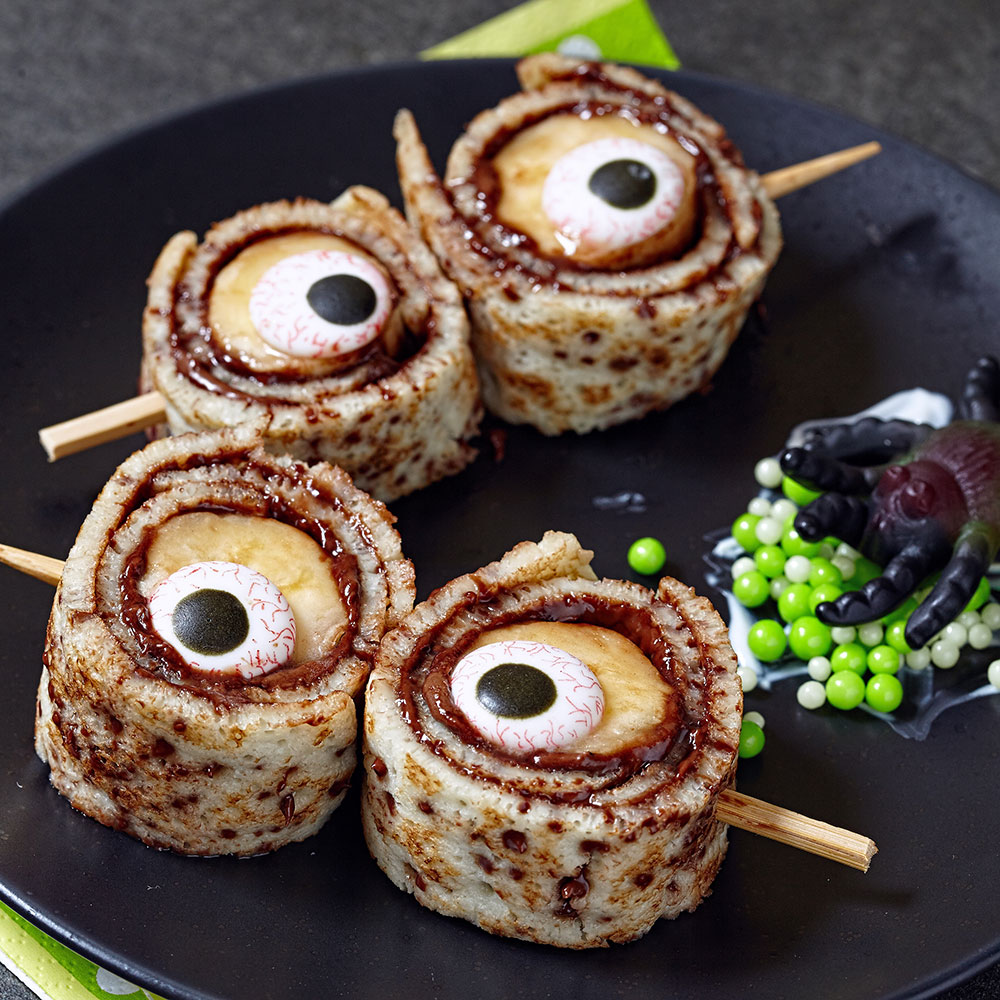
When you just can’t steer clear of the sweets, use these tips to keep your intake to a minimum:
Want more? SUBSCRIBE to receive the latest Living Healthy articles right in your inbox!
Trick or Treat (& don’t cheat on your holiday workout)!
Did you bite off more than you can chew with your New Year’s Resolution? It’s okay. You will make it; You can regain your balance; And we’re telling you how!
What does the body need in terms of micronutrients? Can a multivitamin provide it all? Debbie James, RDN, gives this reader her insight.
If Game Day was your cheat day, and you’re feeling the pang of guilt, here are 5 healthy ways to recover from the splurge.
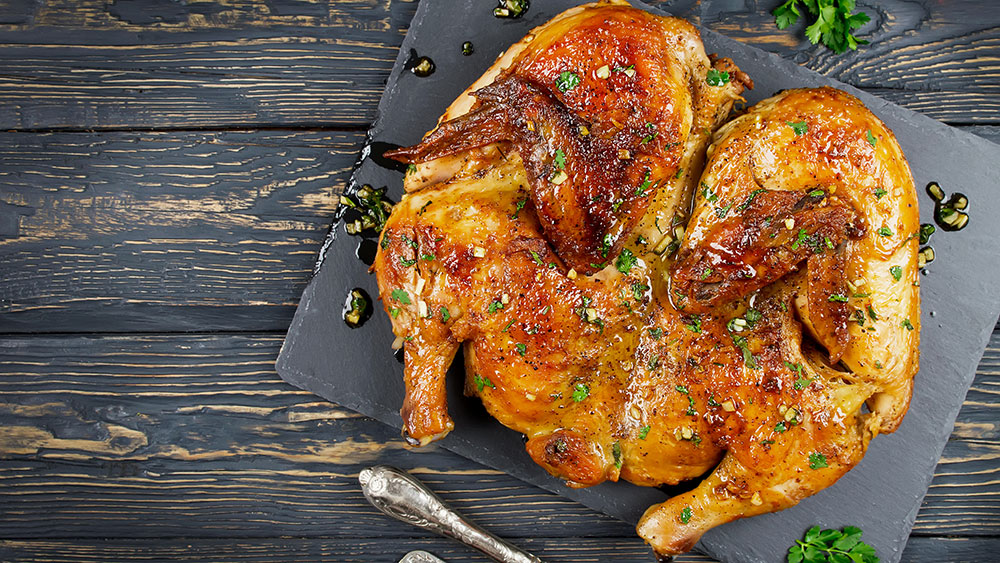

How can I have a good diet on very low budget? I work two jobs and I am a reservist in the Marine Corps.
– Joseph E.

It just takes a little planning and perhaps your local grocer’s weekly savings guide for a low-cost healthy diet. Not wasting food is key. If you can buy more, cook it once, then make leftovers, you’ll not only spend less but save on preparation time later. Casseroles, stir fries and crock pot meals are simple one dish meals that you can make in a large quantity and have less to clean after.
Sample savings: A $8 whole chicken can make 3-4 servings for an active man: roast chicken on day 1; chicken tacos on day 2; and cold chicken salad on day 3. Compare with $3-6/lb for precooked, skinless chicken breast.
Dry starches are cheap! Get larger bags of beans, rice and pasta to cook 1-2 cups at a time. By purchasing shelf-stable or frozen goods on sale and stocking up, you’ll spend less. Getting produce in season (e.g. stone fruit like peaches, plums and apricots in summer) saves dough. When it makes sense, it’s fine to use canned (rinsed) or frozen produce without sauce.
Your real challenge will be to cut back on prepared foods since I assume you’re tight on time with working two jobs. But it can be done! Pencil out your weekly meal plan, grab those coupons & your grocery list and shop smart.
– Debbie J., MS, RD

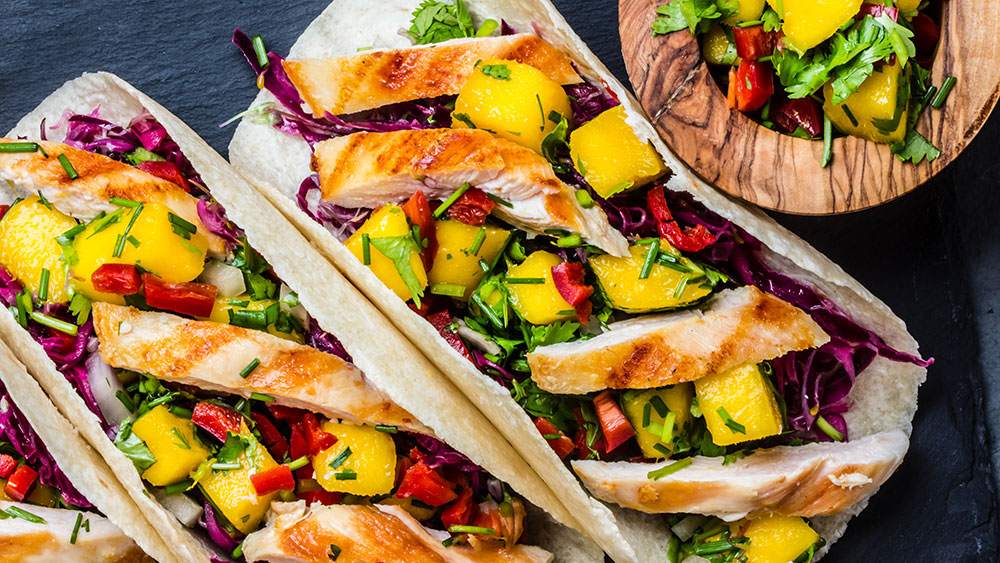


Want more? SUBSCRIBE to receive the latest Living Healthy articles right in your inbox!
This article should not replace any exercise program or restrictions, any dietary supplements or restrictions, or any other medical recommendations from your primary care physician. Before starting any exercise program or diet, make sure it is approved by your doctor.
Some questions have been edited for length and/or clarity.
 Have a nutrition question? Our registered dietitian is ready to help!
Have a nutrition question? Our registered dietitian is ready to help!
Email nutrition@lafitness.com or submit your question below and it may be featured in an upcoming article!
If you’re careful with your nutrition, working out weekly, and still experiencing problems with your weight, take a moment to read this QA.
Blood sugar control isn’t easy. These are Debbie’s top recommendations for how to address weight control with Type II Diabetes.
Does Intermittent Fasting give you enough time to pack the day's protein? Our registered dietitian helps clear up the confusion!
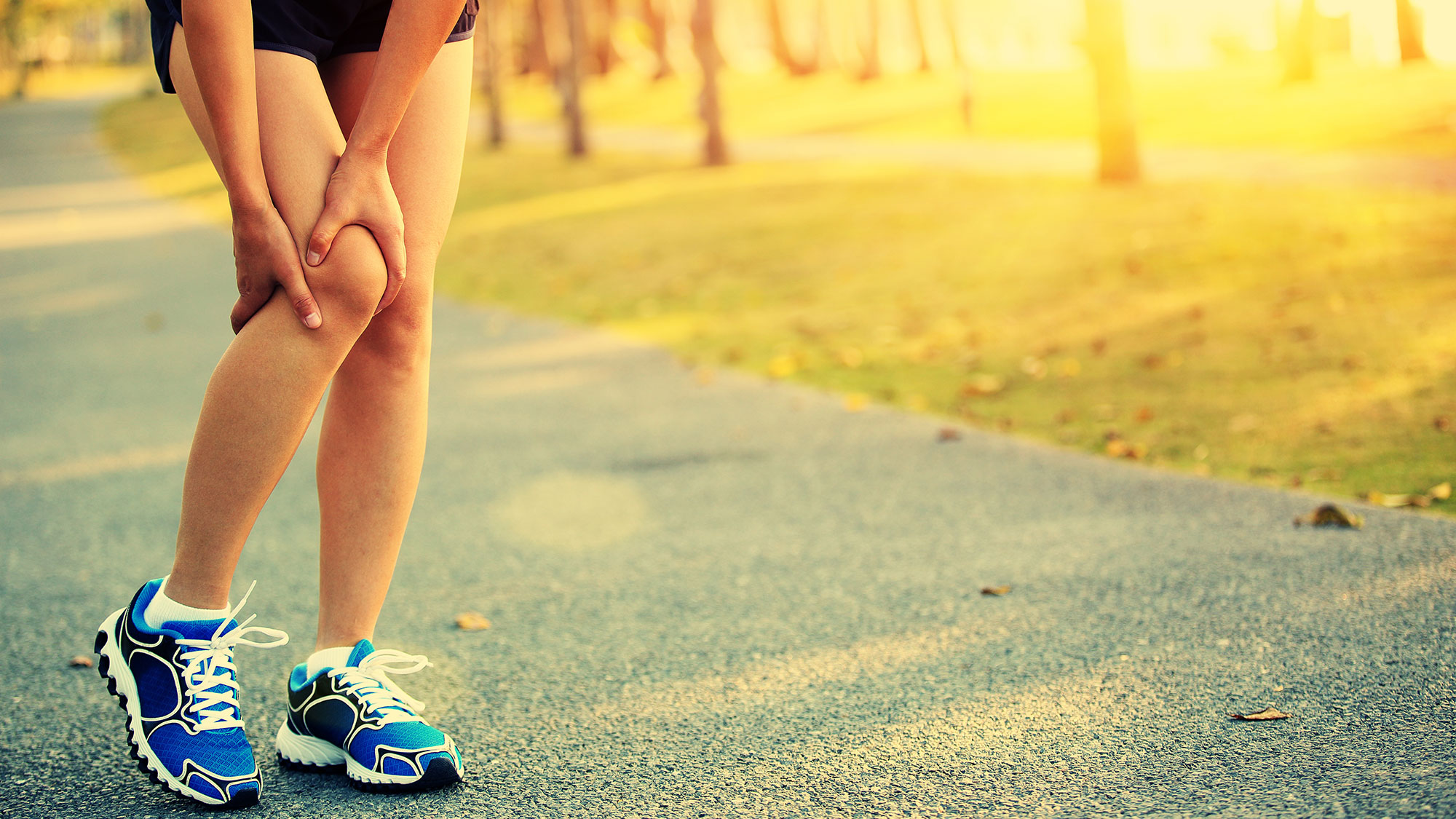

I tore my meniscus in March and it is healing. My cartilage is thin on one side. What supplements should I be taking and for how long?
– Barbara H.

Barbara, your question intrigued me. Glucosamine chondroitin was the first thing that came to mind for joint health. Glucosamine chondroitin or glucosamine sulfate/chondroitin sulfate is known to stimulate cartilage regeneration, improve joint function and reduce pain. It is generally used for osteoarthritis, the breakdown of the articulate cartilage. A meniscus is a C-shaped pad made of fibrous cartilage that absorbs shock in the knee. Each knee has two menisci. Articular cartilage is present at the end of the femur.
Theoretically knee injuries may benefit from higher levels of antioxidants, anti-inflammatory agents and compounds involved in cartilage formation. According to the International Cartilage Repair Society (who knew?), “glucosamine, chondroitin, S-adenosylmethionine (SAMe) and avocado soybean unsaponifiables (ASU) have been the most carefully assessed with considerable amount of scientific and clinical usage data, as well as safety profile.” Suggested beneficial food compounds and supplements also include: olive oil, fish oil (for EPA + DHA), undenatured type II collagen, MSM (methylsulfonylmethane), curcumin, flavonoids, and ginger.
For selection and dosing recommendations, be sure to discuss with your physician what treatment is appropriate for you.
References:
Nutraceutical Supplements in the Management and Prevention of Osteoarthritis. P Castrogiovanni, et al. International Journal of Molecular Sciences 2016 Dec 6; 17(12): pii E2042
– Debbie J., MS, RD
Want more? SUBSCRIBE to receive the latest Living Healthy articles right in your inbox!
This article should not replace any exercise program or restrictions, any dietary supplements or restrictions, or any other medical recommendations from your primary care physician. Before starting any exercise program or diet, make sure it is approved by your doctor.
Some questions have been edited for length and/or clarity.
 Have a nutrition question? Our registered dietitian is ready to help!
Have a nutrition question? Our registered dietitian is ready to help!
Email nutrition@lafitness.com or submit your question below and it may be featured in an upcoming article!
If you’re careful with your nutrition, working out weekly, and still experiencing problems with your weight, take a moment to read this QA.
Blood sugar control isn’t easy. These are Debbie’s top recommendations for how to address weight control with Type II Diabetes.
Does Intermittent Fasting give you enough time to pack the day's protein? Our registered dietitian helps clear up the confusion!
Be the first to know about exclusive
content, deals and promotions